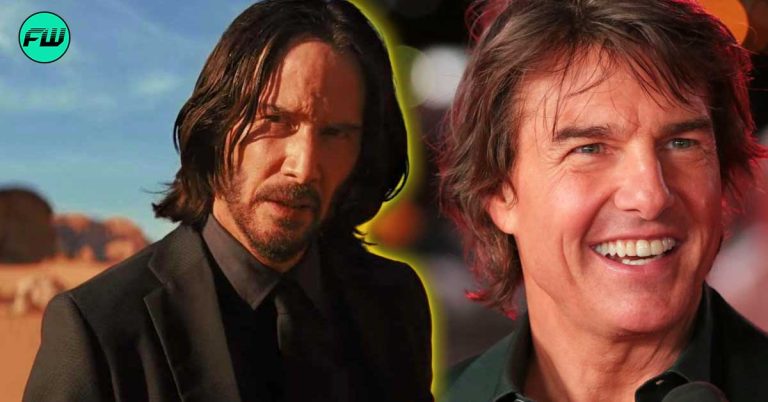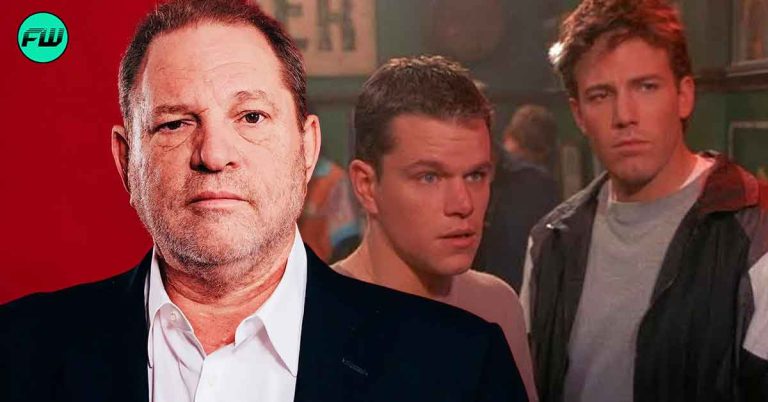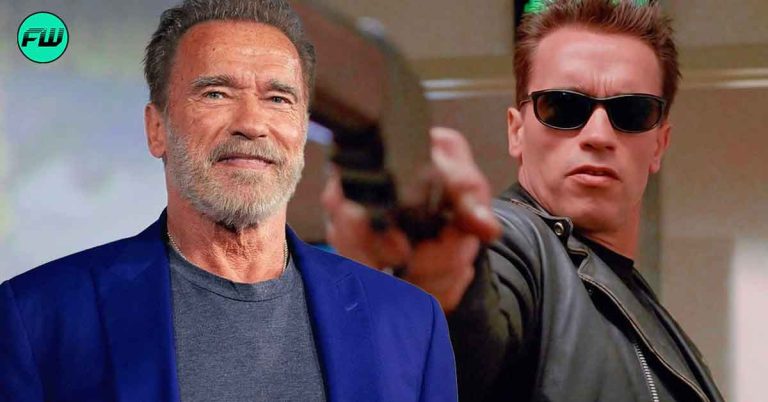Even seasoned adventurers like Indiana Jones and Ethan Hunt, portrayed by Harrison Ford and Tom Cruise, find themselves susceptible to the unpredictable tides of the film industry. Their iconic personas returned to the big screen in Disney’s Indiana Jones and the Dial of Destiny and Paramount’s Mission: Impossible — Dead Reckoning Part One.

The anticipation rested on the synergistic allure of escapism and nostalgia, poised to rekindle the box office fervor. Regrettably, both endeavors stand as some of the season’s most perplexing letdowns, and a considerable portion of this disappointment can be attributed to their lofty budgets.
Zack Snyder Fans See This As An Opportunity
Indiana Jones 5, which made its debut at the end of June, has amassed a global box office total of $375 million over the span of six weeks. Meanwhile, Tom Cruise’s M:I 7, which premiered in July, has surged to a total of $523 million within five weeks of its release. These ticket sales figures are commendable within the context of the contemporary cinema climate, particularly considering that these movies belong to long-established franchises tailored for a mature audience demographic. Well, this has given Zack Snyder fans a chance to troll James Gunn.
The predicament lies in the fact that each sequel incurred an expenditure of around $300 million even before accounting for marketing expenses, which amounted to at least $100 million. Consequently, these films stand as some of the most financially demanding productions in cinematic history. Despite initial projections, their performance has fallen shy of anticipations, possibly resulting in a potential loss of nearly $100 million during their theatrical run, based on insights from sources knowledgeable about the financial intricacies of comparable projects.
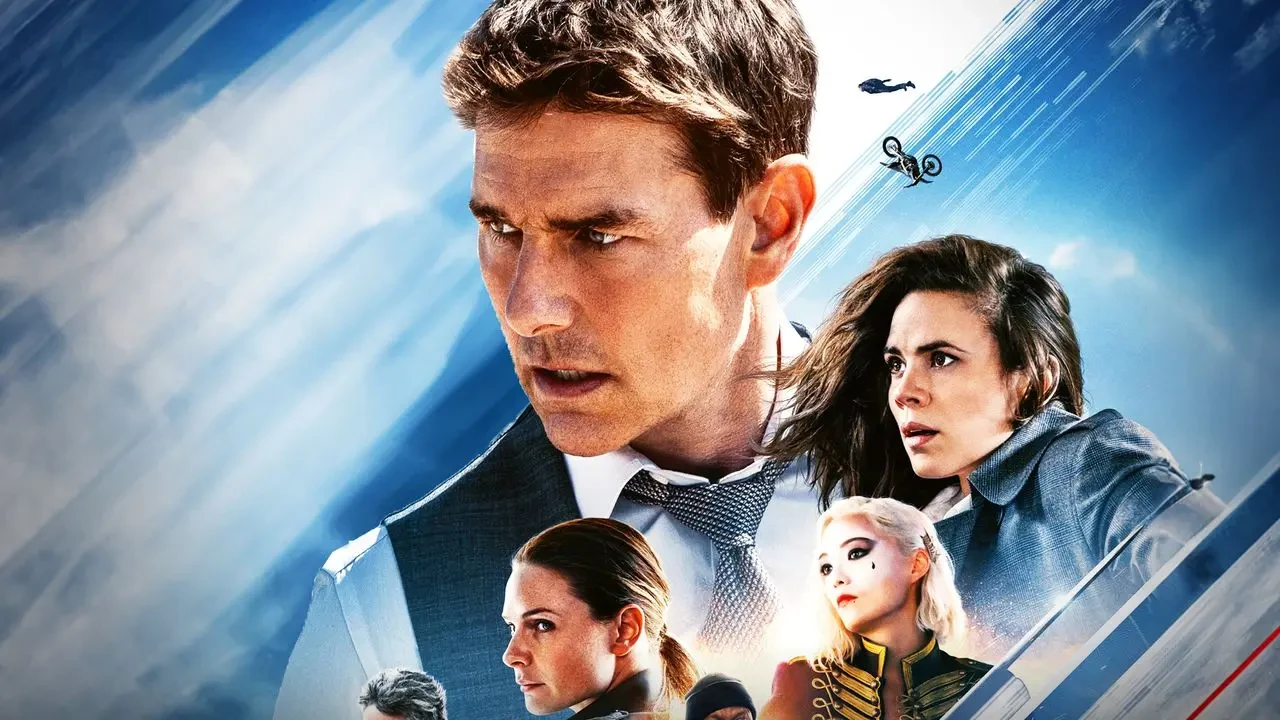
Behind closed doors, studio executives express discontent with the conventional approach of evaluating a film’s profitability solely based on its theatrical performance, as this approach overlooks the earnings derived from on-demand services and cable, as well as streaming licensing agreements. While studios don’t typically disclose comprehensive data regarding the earnings beyond box office figures, there’s a prevailing sense that these alternative revenue streams will likely confer greater worth upon Dead Reckoning Part One and Dial of Destiny than their ticket sales alone might imply.
Tom Cruise’s Mission Impossible Can Still Break Even
Regarding Dead Reckoning Part One, individuals acquainted with the movie’s financial projections reveal that achieving a global box office collection of $600 million is the threshold for breaking even. This target encompasses the entire span of the film’s theatrical journey, while also accounting for revenue generated through home entertainment and licensing. It’s important to note that this figure also incorporates Cruise’s portion of the overall earnings. Notably, Cruise stands among the select few film stars who continue to secure contractual bonuses even before a film manages to turn a profit.
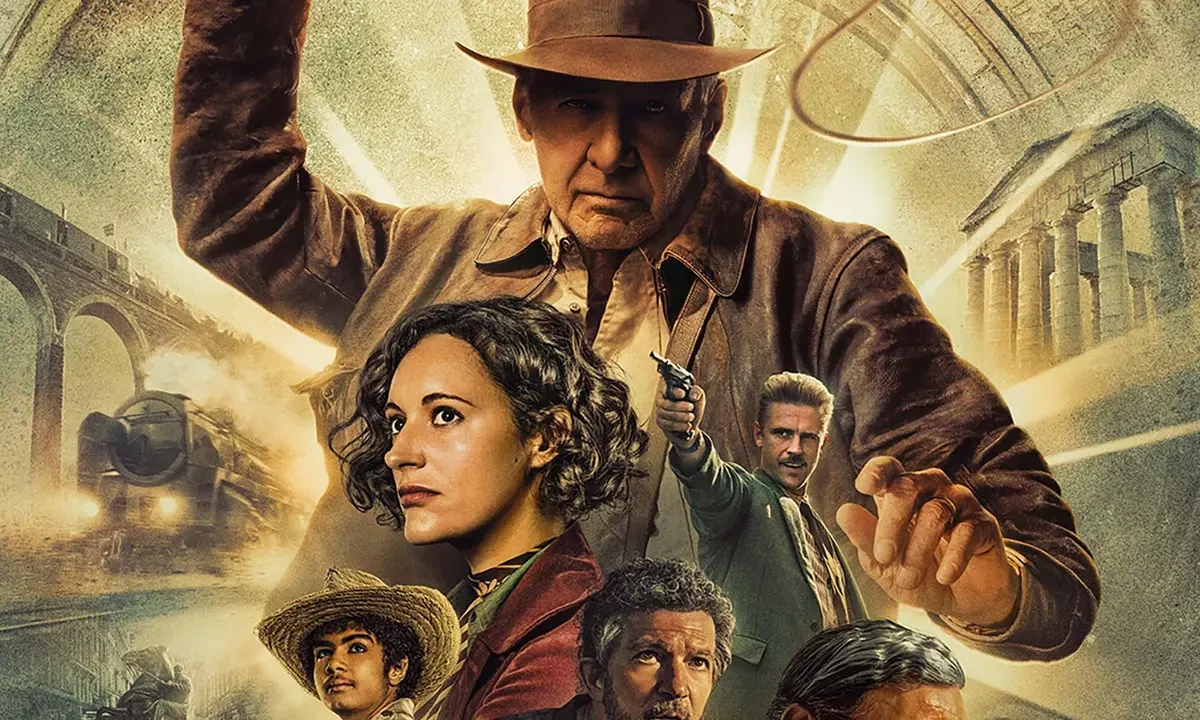
However, cinematic endeavors such as Mission: Impossible and Indiana Jones are meticulously crafted with the intention of yielding windfalls in the ballpark of $100 million. It’s worth noting that the preceding installment in the Indiana Jones saga, 2008’s Kingdom of the Crystal Skull, raked in a staggering $790 million on a global scale, securing its position as the franchise’s most financially successful installment, without accounting for inflation adjustments.
Source: Twitter


